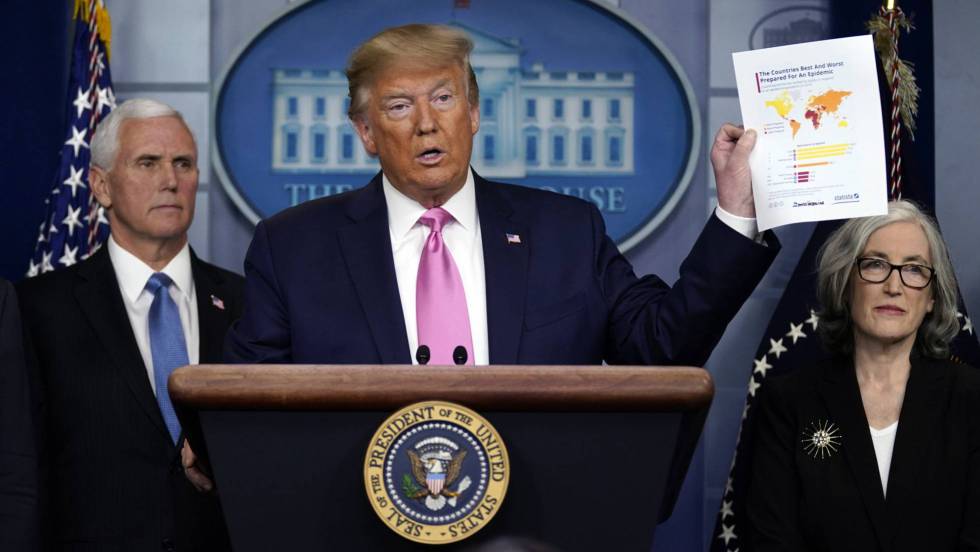The coronavirus has quickly expanded in the United States over the past few weeks, with more than 530,000 confirmed cases and 20,000 deaths so far, putting the country’s health system and economy under unprecedented strain.

President Donald Trump has already signed a major disaster declaration for all 50 states over the past 22 days – the first time in history this has happened. The declaration was also signed for the US Virgin Islands, the Northern Mariana Islands, the District of Columbia, Guam and Puerto Rico.
The so-called “major disaster declaration” is a tool that a US president can use when an event (in this case, the coronavirus outbreak) goes beyond the joint efforts of state and local governments. It’s not the same as the emergency declaration, which Trump announced a month ago and applied to the whole country.
The disaster declaration has to be requested by a governor before being approved and essentially gives the state access to disaster assistance programs from the Federal Emergency Management Agency (FEMA) — including emergency repairs, legal assistance and crisis counseling.
Surprisingly enough, there’s actually no mention of a pandemic or a public threat in the text by FEMA, which is more focused on the weather-based disaster. The declaration can be “for any natural event” such as hurricane, tornado, storm, high water, wind-driven water, tidal wave, tsunami, earthquake and volcanic eruption, FEMA argues.
The most recent state to ask for a major disaster declaration was Wyoming; whose governor Mark Gordon made the request to Trump via a letter.
“Though Wyoming has not reached the dire situations of some states, this declaration will help us to prepare and mobilize resources when we need them,” Gordon said.
Other states are indeed facing a more difficult situation than Wyoming, with only 200 reported cases. The ones with the highest number of cases include New York, New Jersey, Massachusetts, Michigan, California, Pennsylvania, Illinois, Louisiana and Florida.
New York City already has more 100.000 confirmed cases and 6.898 deaths, according to the latest statistics. The city saw 531 deaths in the past 24 hours. Nevertheless, governor Andrew Cuomo said the number of cases is “flattening” across the state but warned rural areas could be soon the most affected.
Meanwhile, over 61,800 cases have been so far reported in New Jersey and 2,350 deaths. On Sunday 3,733 new positive cases and 168 deaths were reported, according to a tweet by governor Phil Murphy. There are still 7,604 people in hospitals across the state.
A total of 25,000 cases has also been registered in Massachusetts, showing on Sunday the largest increase in cases over 24 hours. Governor Charlie Baker said the peak in the state could happen at the end of the month, with around 2,500 new cases per day expected.
For Trump, the next step will be conveying an “Opening our Country Council” this week, a gathering of doctors and business leaders on how to reopen the economy of the country. He said the spread of the virus is slowing and that he wants to open the economy as soon as possible.


